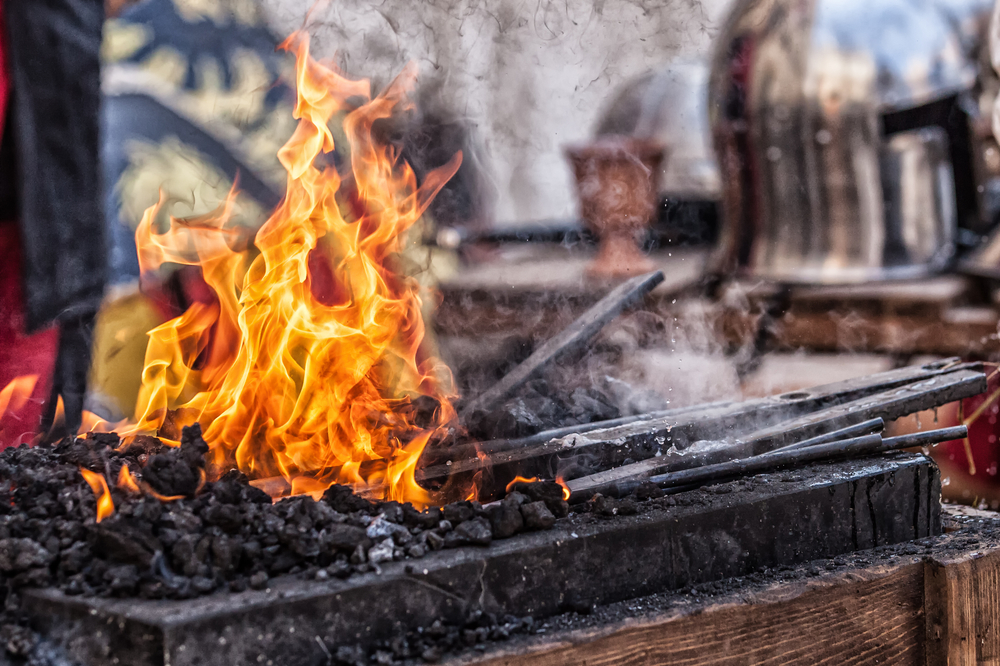Forging brass refers to the process through which brass is put under extreme pressure and a temperature of about 1,500 degrees F to soften it so that it can be shaped to make a single piece of brass that can be used to make different tools such as knives. They include open die forging, closed die forging, seamless rolled ring forging and cold forging. The forging process results in pore free surfaces that make the brass to look more attractive.
Closed die forging
This method is also referred to as impression die forging. It makes use of two or more dies to have the die shaped in desired shapes. The process entails heating the brass until it becomes malleable. Once it attains a plastic shape, the die machine is then used to create a compression of about 2,500kg, which is then used to create forged parts. The forging process, carried out by leading manufacturers like Dyson Corp, can then be used to create parts with enhanced density, which is very strong. The process allows brass parts to be curved in more than one plane. Other methods such as brass forging and closed die can actually produce strong and durable products.
Open die forging
In this method, the heated malleable brass may not be confined in a die or a mold. Instead, it makes use of two flat die without any impression. The brass is then used to create different shapes up to about 80,000 lbs. This method is used in lower quantity production.
Ideally, forging will be done at extremely high temperatures. However, cold brass forging may only require heat in excess of a few hundred degrees. The method could then be used to produce coins, knives, anti-lock braking system and many other smaller parts that weigh less than 4.5 kg. The process helps to produce parts requiring close tolerance and high strength.
Rolled ring forging
The method uses round ring parts shapes and an open die. Forced pressure is then used to pressure the axial rolls. The ring is then rotated while applying pressure on the inside part of the ring. Pressure is then applied on the outside edge to make the ring to become flatter as it continues to rotate. This is repeated till a ring of the desired diameter is achieved.
Brass forging techniques can be applied to underwater lighting fixtures, mechanical and brass plumbing parts. It is also possible to forge lead-free brass with less than 0.25 % lead. This helps to meet certain legal requirements.
Brass forging comes with a number of advantages compared to other manufacturing processes such as sand casting. The forging process adds physical and mechanical properties created by pressure and heat.
Advantages:
- It is safe and is used to make water pipes
- Its efficient
- Finished surfaces have some added values
- It results in more intricate details
- The final products are high in strength
- The final product has tight dimensional tolerances.
Visuals:
